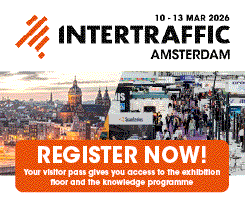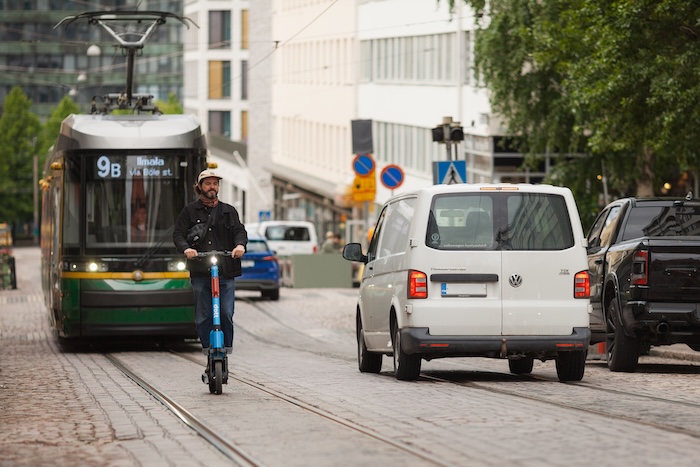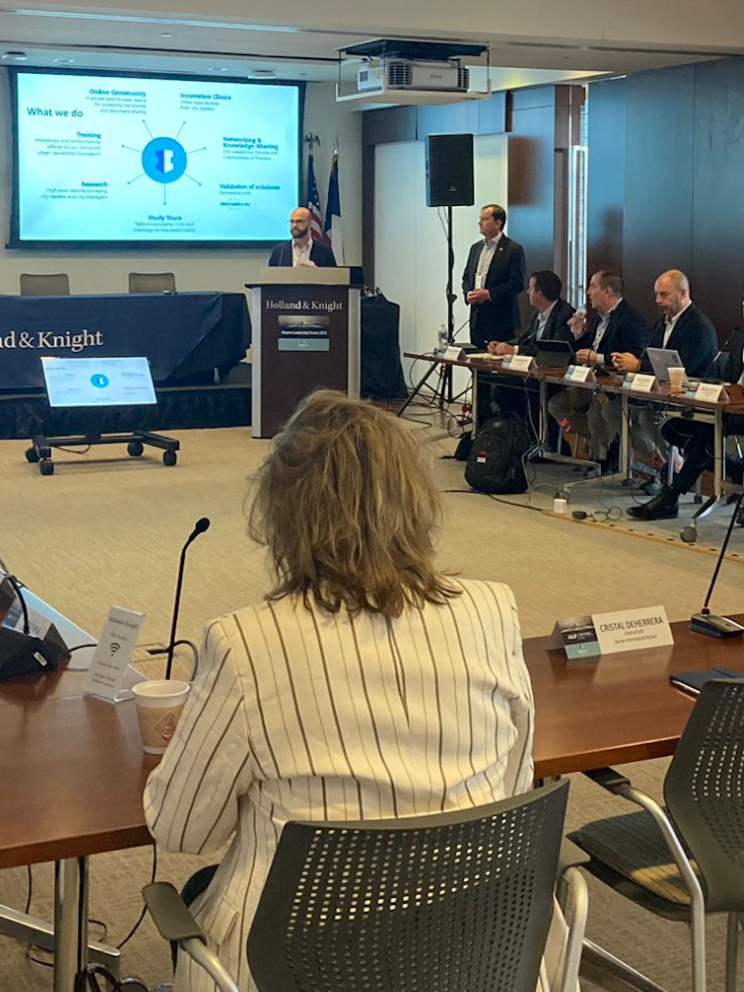
Global study urges common metrics for future mobility
10 September 2025
by William Thorpe
City leaders and the mobility industry must move away from technology-first decision making and instead focus on the outcomes that matter most to people, according to a new report unveiled at IAA Mobility 2025 in Munich.
Mobility at a Crossroads, produced by 4S Mobility and SBD Automotive with backing from Amazon Web Services, HERE Technologies and Magna, introduces the “4S” framework–Safe, Secure, Sustainable and Seamless –as universal benchmarks for evaluating progress. The study draws on input from more than 30 organisations across the sector and is being distributed to policymakers and industry leaders worldwide.
Andrew Hart, CEO of SBD Automotive and a founder of the 4S Mobility movement, told Cities Today that too much attention has been placed on technology trends rather than the real benefits people expect from transport systems.

“What’s missing is a focus on the mobility outcomes that matter most to consumers, and whether cars will continue to deliver them,” he said. “The old decision-making playbook no longer works. The world is changing too quickly.”
The report highlights a lack of shared definitions across the sector, with even terms such as “road fatality” varying between countries. Hart said this undermines collaboration and slows innovation.
“We lack any way to consistently evaluate the trade-offs between outcomes like safety, and others like seamlessness or sustainability,” he said. “This makes it hard for organisations to share data or collaborate towards developing better mobility solutions.”
The 4S Mobility Initiative, announced alongside the report, is designed to fill that gap by developing shared metrics and pilot projects, and by creating a platform for collaboration between cities, public transport operators, vehicle manufacturers, micromobility providers and technology companies. Hart said organisations that once managed a single transport mode must now work together.
“The number one success factor isn’t more technology, it is more collaboration,” he said.
Survey findings underline the urgency. Younger travellers were found to use nearly twice as many modes of transport each week as older groups, and to prioritise safety, security, comfort and environmental impact more highly. Hart said this presents a challenge for city planners: “The ultimate question for planners is how best to help people feel safe, secure and comfortable without the need for a personal space.”
The report also points to the growing demand for seamless mobility, with tools such as digital ticketing, mapping, data sharing and accessibility tech playing a role in eliminating friction points. Hart cautioned, however, that no single organisation can deliver the end-to-end experience alone, making structured collaboration essential.
Global case studies illustrate how cities are experimenting with new approaches. Utrecht’s Merwede District in the Netherlands is highlighted as one of Europe’s largest car-free developments. Hart described it as a bold attempt to redesign neighbourhood life around walking, cycling and green space.
“The project puts quality of life at the core, with safer streets, cleaner air and more community spaces that could make daily life tangibly better for residents,” he said. But he added that transferability will be a challenge: “New-build districts like Merwede can start fresh while existing cities face the much harder task of shifting habits already deeply embedded in daily routines. Even so, Merwede offers a valuable testing ground for reducing car dependency and reshaping urban life worldwide.”
By grounding transport decisions in the 4S framework, Hart and partners argue that cities and industry can create mobility systems that are not only technologically advanced but also socially equitable, environmentally responsible and more responsive to the needs of future generations.
Image: 4S Mobility









